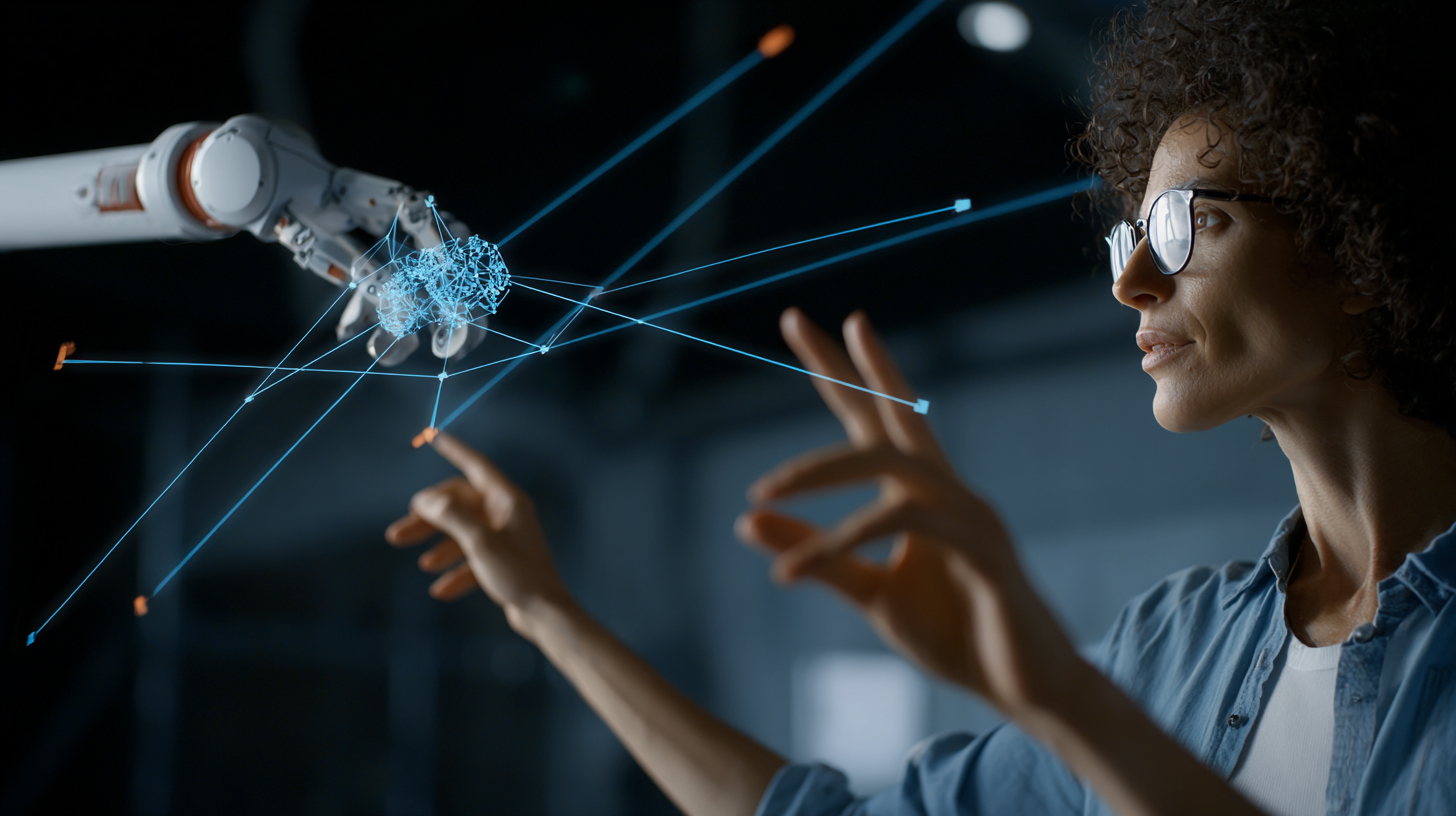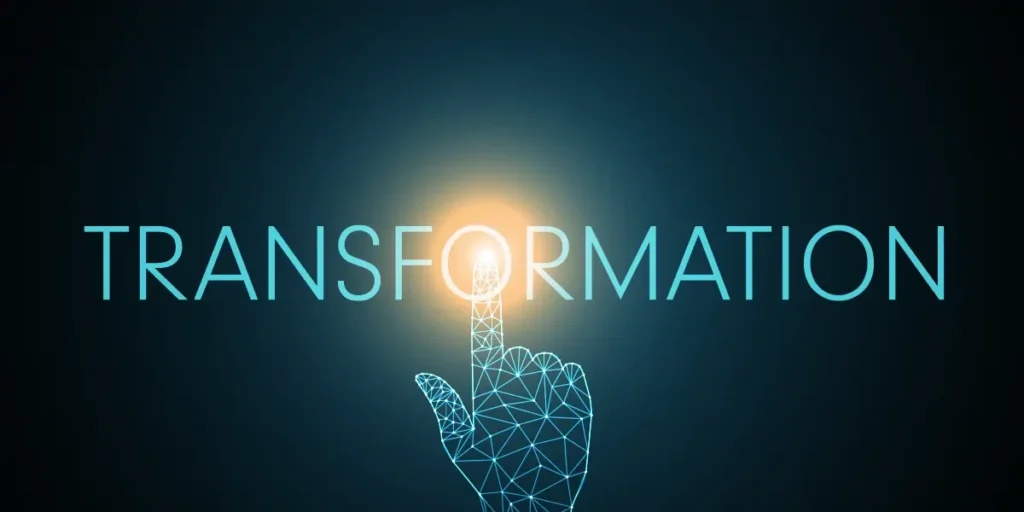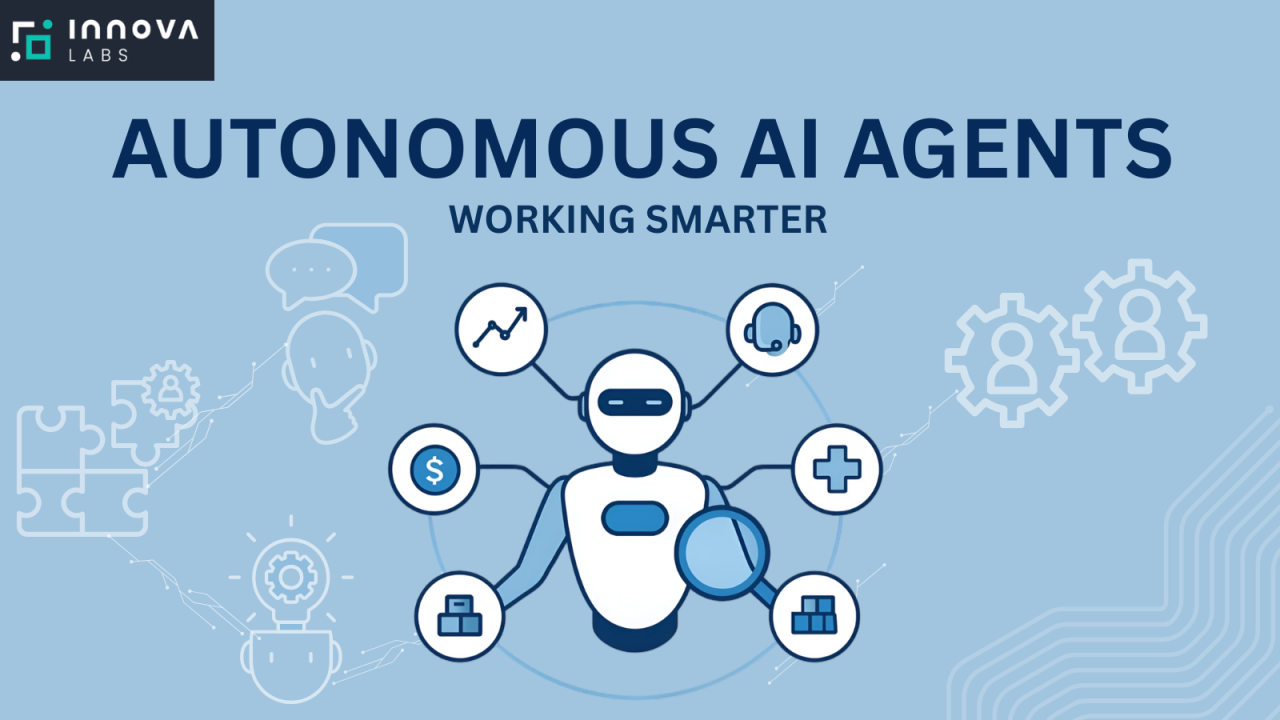10 AI Trends That Will Dominate 2026
Introduction
Artificial Intelligence (AI) continues to evolve at breakneck speed, impacting every sector from healthcare to entertainment. As we approach 2026, the trajectory of AI innovation points toward increasingly intelligent, autonomous, and accessible systems. The rise of generative AI, autonomous agents, and multimodal models has redefined how we work, communicate, and solve problems.
In this article, we explore 10 AI trends that will dominate 2026, reshaping industries and daily life in profound ways. Whether you’re an entrepreneur, developer, investor, or curious enthusiast, these trends provide a glimpse into the future of technology.
1. Autonomous AI Agents Take the Lead
By 2026, AI agents capable of independently performing complex tasks will become mainstream. These agents are trained to complete multi-step objectives without constant human input. From customer support bots that solve issues end-to-end to AI project managers and coding agents, these systems will function like mini virtual employees.
Key use cases:
-
AI sales agents
-
Automated customer onboarding
-
AI-based procurement and vendor management
The emergence of platforms like AutoGPT, AgentGPT, and Devin in 2024 and 2025 has paved the way for enterprise-grade agents in 2026.
2. AI-Powered Personal Assistants Get Smarter
Virtual assistants like Siri, Alexa, and Google Assistant are being transformed into highly contextual, emotionally intelligent tools. In 2026, they will act more like personal AI companions, able to:
-
Anticipate your needs
-
Manage complex schedules
-
Provide emotional support
-
Integrate with smart home ecosystems seamlessly
Large Language Models (LLMs) will be more conversational, memory-aware, and capable of long-term interactions.
3. AI Regulation and Ethics Go Global
With the mass adoption of AI, governments and international bodies are accelerating the creation of global regulations. The AI Act in the EU, Biden’s Executive Order on AI Safety, and India’s efforts on AI governance are early examples.
In 2026, expect:
-
Universal AI safety standards
-
Mandatory transparency for LLMs
-
AI auditing tools becoming standard in enterprises
-
Ethical certifications for AI developers
Compliance will no longer be optional; it will be a competitive advantage.
4. Multimodal AI Will Be the New Normal
The launch of GPT-4o in 2024 introduced seamless multimodal interactions—AI models that understand text, image, audio, and video inputs simultaneously. By 2026:
-
Users will talk to AI using voice, gestures, and visual prompts
-
Content creation will be fully multimodal (text-to-video, image-to-audio, etc.)
-
Apps and platforms will integrate AI UIs with camera, voice, and AR/VR inputs
This shift will redefine user interfaces and how we interact with machines.
5. Generative AI for Everything
Generative AI will no longer be limited to text and images. In 2026, it will create:
-
3D models for gaming and architecture
-
Hyper-realistic videos for marketing
-
Custom music and sound effects
-
Legal, medical, and financial reports
Tools like Sora, Runway, and ElevenLabs have already laid the foundation. Expect industries to adopt generative pipelines to automate content creation while maintaining quality.
6. AI in Healthcare Moves to the Frontline
AI in healthcare is becoming more precise, personal, and proactive. In 2026, we’ll see:
-
AI-powered diagnostics at clinics and homes
-
Real-time patient monitoring via wearables
-
AI mental health bots capable of emotional nuance
-
Predictive health based on genetic and behavioral data
Doctors won’t be replaced, but they’ll heavily rely on AI co-pilots for decision-making, reducing human error and speeding up treatment.
7. Workplace AI Becomes Collaborative
The idea of AI replacing jobs is being reimagined. In 2026, AI will collaborate with workers rather than compete with them. Expect:
-
AI project collaborators that co-write, co-code, and co-design
-
Human-AI teams in marketing, engineering, and R&D
-
Dynamic job roles shaped by AI collaboration
Jobs will shift from repetitive tasks to more strategic and creative roles with AI handling the grunt work.
8. AI Democratization Through Open Source
Open-source AI models like Mistral, LLaMA, and Falcon are accelerating innovation outside of big tech. In 2026:
-
More startups and individual developers will train domain-specific AI
-
Open AI communities will rival commercial offerings
-
Localized AI models will flourish (multilingual, culturally aware, low-resource)
The democratization of AI will level the playing field globally, making AI innovation more inclusive.
9. AI for Climate and Sustainability
AI will play a major role in solving climate challenges by 2026. Applications include:
-
Predictive modeling for weather and natural disasters
-
Optimizing renewable energy grids using AI forecasts
-
AI-driven supply chain optimization to reduce carbon footprints
-
Smart farming to increase yield and reduce waste
Green AI (energy-efficient models) will also become a priority to ensure that AI itself is sustainable.
10. Quantum-AI Hybrid Systems Emerge
2026 could mark the first real-world applications of Quantum AI, where quantum computing and AI intersect. This combination may unlock:
-
Accelerated drug discovery
-
Breakthroughs in cryptography and materials science
-
Advanced climate modeling and simulations
Although still experimental, companies like IBM, Google, and Xanadu are working toward commercial quantum-AI systems that will redefine what’s computationally possible.
Conclusion
The year 2026 is poised to be a watershed moment for artificial intelligence. As AI continues to evolve beyond automation and into collaboration, creativity, and real-world problem-solving, it’s clear we are entering a new era of human-machine synergy.
Whether you’re a business leader, policymaker, student, or developer, keeping up with these AI trends will be crucial to staying competitive, relevant, and future-ready.
The question is no longer “Will AI change our world?” but rather “How prepared are we to ride the wave?”
FAQs
Q1. Why are AI agents important in 2026?
AI agents will handle complex workflows autonomously, saving time and reducing costs across industries.
Q2. How is AI affecting healthcare?
AI is improving diagnostics, personalizing treatments, and enabling real-time health monitoring.
Q3. What is multimodal AI?
Multimodal AI processes multiple types of input (text, image, voice) simultaneously, enabling more natural interaction.
Q4. Will AI replace jobs in 2026?
AI will augment rather than replace most jobs, focusing on collaboration and productivity.
Q5. What is Quantum AI?
Quantum AI combines quantum computing and AI to solve complex problems faster than traditional methods.





